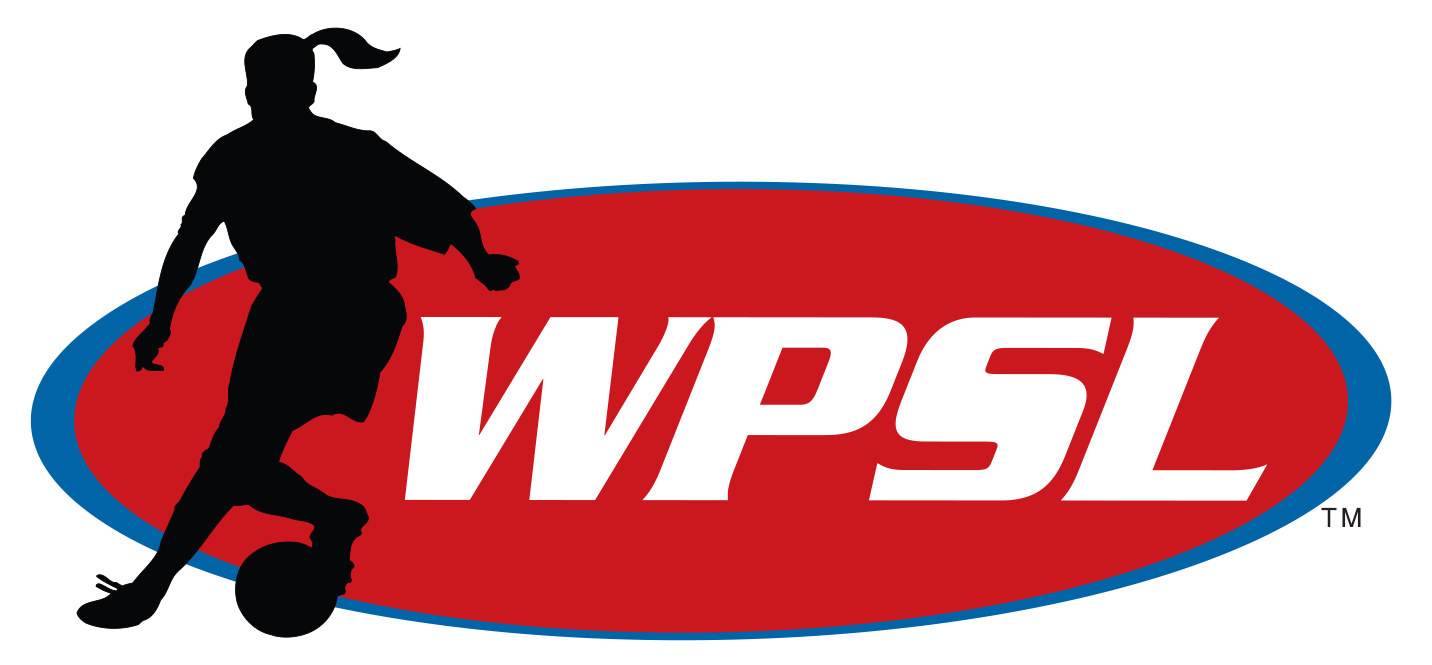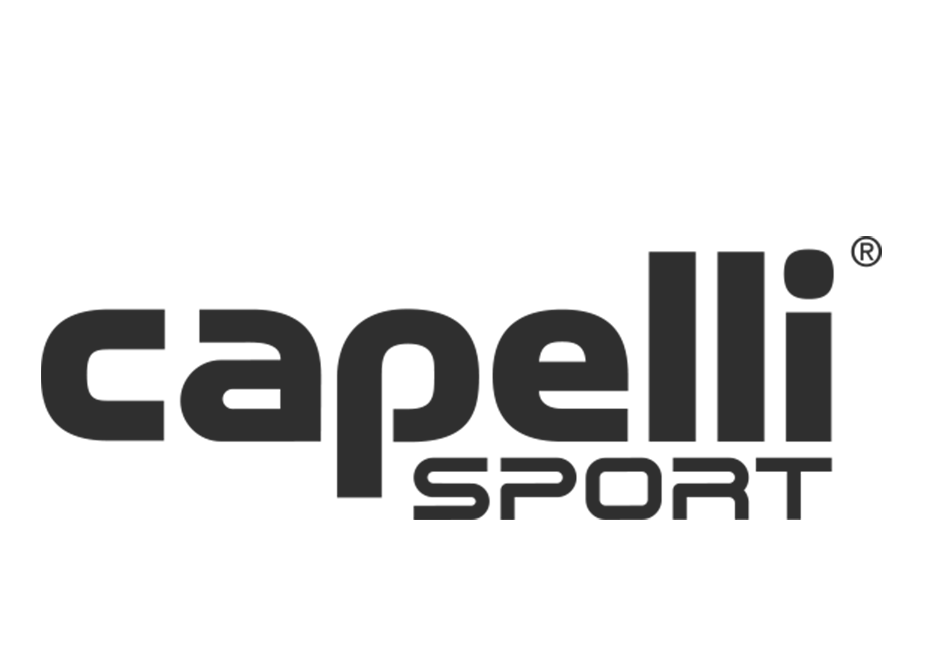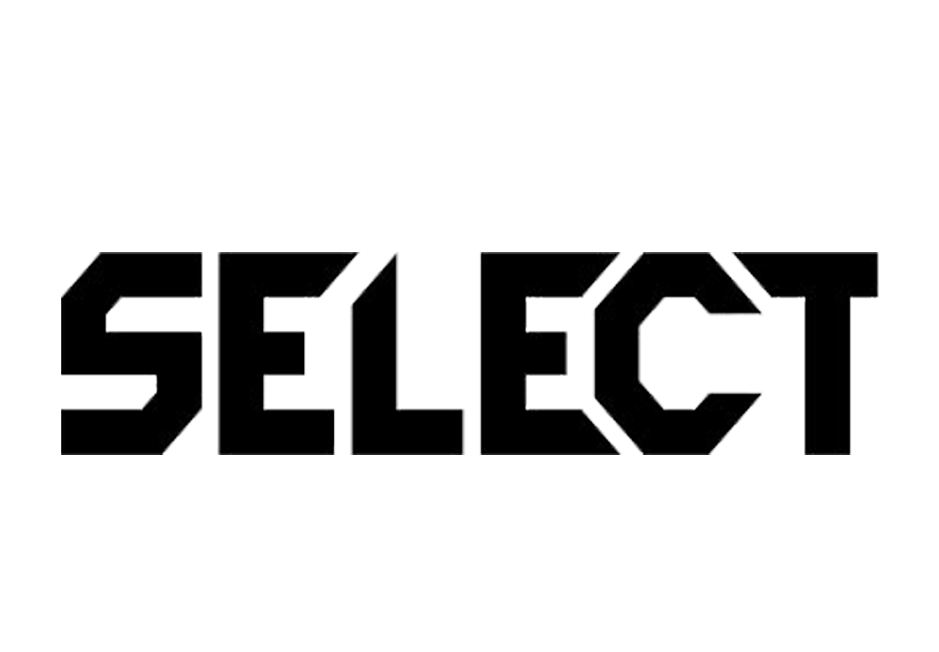- 865 Allian865 Alliance
- AAFCAAFC Lumberjills
- AcademicaAcademica Soccer Club
- AGCFAGC Football
- AHFCRAHFC Royals
- AHFCAHFC Royals Women
- AFCAlabama FC
- ARAlbany Rush
- ASDALBION San Diego
- AFCAlbuquerque FC
- ARAlexandria Reds
- ACSAlta California Sol
- ACAmbassadors Cleveland
- Arizona ArArizona Arsenal Soccer Club
- ASArlington Soccer
- ACSCAsheville City SC
- ASCAthena Soccer Club
- Atlanta FiAtlanta Fire United
- ACFCAtomic City FC
- AustinRiseAustin Rise FC
- BatCo FCBat Country FC
- BRUBaton Rouge United
- MBSCBavarian United SC
- BASBay Area Surf
- BCUBC United
- BFCBeach Futbol Club
- BeadlingSCBeadling Soccer Club
- BRSCBluffton Rush SC
- BCUBoulder County United
- BSCBreakaway SC
- BrooklynBrooklyn City F.C.
- BBBroomfield Burn
- BRSCBRSC United
- CSCalifornia Storm
- CCCCape Coral Cyclones
- CFCCarolina Football Club
- CIUCentral Illinois United
- CUCentury United
- Red DevilsChallenge Red Devils
- CFCharleston Fleet FC
- CDACharlotte Development Academy
- CECharlotte Eagles
- CFCChattanooga FC
- CRWChattanooga Red Wolves SC
- CCSCChicago City SC
- CDLChicago Dutch Lions FC
- CH ACChicago House AC
- CK FCChicago KICS Football Club
- CRSRChicago Red Stars Reserves
- CRU23Chicago Rush U23
- CSFCCincinnati Sirens FC
- SSCCity SC
- CSC UtahCity SC Utah
- CSCClarkstown Soccer Club
- CE SAClassics Elite SA
- CKFCClermont Kicks FC
- CACleveland Ambassadors
- BlizzardColorado Blizzard FC
- CPColorado Pride
- CRWColorado Rapids Women
- CRColorado Rush
- CEFCColumbus Eagles FC
- CFC SACorinthians FC of San Antonio
- CorktownCorktown WFC
- CJCroatia Juniors
- CUFCCultures United Football Club
- DCFCDade County Football Club
- DFFCDakota Fusion FC
- DDLDayton Dutch Lions FC
- DECATURDECATUR FC
- DODelaware Ospreys
- DMMWDes Moines Menace Women
- DVWDiablo Valley Wolves
- DKSCDKSC BADTOP
- DU SCDowntown United Soccer Club
- EFCEastside FC
- EDAIIEDA II
- EPSEl Paso Surf
- EDAElite Development Academy
- EFEmerald Force
- EREmpire Revs
- Erie FCErie FC
- ETFCAEugene Timbers FC Azul
- FCAFC Arizona
- FCBFC Berlin
- FCB WomenFC Birmingham
- FCDFC Dallas
- FCDFC Davis
- FC DFC Dayton
- FCGSFC Golden State
- MTFC Milwaukee Torrent
- FCMFC Monmouth
- N WolvesFC Nashville Wolves
- FCOFC Omega
- FPWFC Premier Women
- FCPFC Pride
- FCPFC PrimeTime
- SpiritFC Spirit
- FCSFC Surge
- FCTWFC Tucson
- FCTFC Tucson
- FC UnitedFC United Cedar Rapids
- FCWFC Wichita
- FSCFever SC
- FIFire & Ice SC
- FSC98Fire SC 98
- FlatironsFlatirons Rush
- FESAFlorida Elite Soccer Academy
- FGCDLFCFlorida Gulf Coast Dutch Lions FC
- FKFlorida Krush
- FPFCFlorida Premier FC
- Florida RoFlorida Roots
- FTSCFlorida Tropics SC
- FFCForce FC New York
- FSAFox Soccer Academy
- FAFram Ajax
- FFFCFresno Freeze
- FusionFusion FC
- FutboleraFutbolera Select
- GIGeorgia Impact
- GToledo FCGreater Toledo Futbol Club
- GBGGreen Bay Glory
- GEAGretna Elite Academy
- GriffinsGriffins FC
- GFCGriffins FC
- HFCHershey FC
- HFCTHEX FC Tempest
- HAHouston Aces
- CobrasIllinois Lady Cobras
- ILCFCImperial Lake Charles FC
- ICIndependence Central
- INIndependence North
- ISIndependence South
- IDF.CIndios Denver FC
- ISFCIndy Saints FC
- IACInter AC (Calcio Unito Internazionale AC)
- ICAAInternacional Club Atletico
- ICAGInternacional Club Atletico CA/G
- Iowa RaptoIowa Raptors FC
- IRIron Rose FC
- ISCGISC Gunners FC
- Jksn IgnJackson Ignite
- JacksonvilJacksonville Armada FC
- Joy AthletJoy AC
- JunctionJunction FC
- KCCIIKansas City Current II
- KCCKC Courage
- KFCKeystone FC
- KCUKingston Capitals
- LR FCLa Roca FC
- LASLA Surf Soccer Club
- LVFCLA Villa FC
- LSFCLadies Steel FC (UPSL)
- LVFCLady Victory FC
- LamorindaLamorinda United
- LVLLas Vegas Legends
- LVQ11Las Vegas Q11
- LW76Legacy W76
- LFCLegends FC
- LRRLittle Rock Rangers
- LSCLonestar SC
- LIFLong Island Fury
- Lou FuszLou Fusz Athletic
- LVURLVU Rush
- Manitou FCManitou F.C.
- MUSCMankato United Soccer Club
- MBSCMapleBrook Fury
- MFCSMarin Football Club Siren
- MFAFCMatch Fit Academy FC
- McLeanMcLean Soccer
- MLMemphis Lobos
- MVHFCMerrimack Valley Hawks FC
- MUFCMiami United FC
- MuskratsMidwest Select SA Muskrats
- MC AFCMilwaukee City AFC
- MTAMinnesota Thunder
- MK FCMISS KICK FC
- MO ReignMissouri Reign
- MCFCMotor City FC
- MSBCSMS Blues SC
- MVLAWMVLA Wolves
- Napa ValleNapa Valley 1839 FC
- NRFCNashville Rhythm F.C.
- NRFANeuse River Futbol Alliance
- NFCNevada Futbol Club
- NJANew Jersey Alliance FC
- NYACNew York Athletic Club
- NYDLFCNew York Dutch Lions FC
- NYSNew York Shockers
- N1812Niagara 1812
- NJWSCCSNJ Wizards SC
- NASCNorth Alabama SC
- NCFNorth Carolina Fusion U-23
- NCRNorthern Colorado Rain
- NUUNorthern Utah United
- NSAU23NSA U23
- OCUOak City United
- ODFCUSAODFC Cesena
- OCFCOklahoma City FC
- OPSAMOPSA Magic
- OSAOSA XF
- PACPA Classics
- PACNWPacNW
- PPateadores
- PCMOBAPeachtree City MOBA
- PFPenn Fusion SA
- PFCAPensacola FC
- PFCAPensacola FC Academy
- PCPeoria City
- PLSPhiladelphia Lone Star FC
- PUNLPhiladelphia Ukrainian Nationals - Liberty
- PHXHPHX Heat
- PHSCPittsburgh Hotspurs FC
- PNSCPlayers North Soccer Club
- PSCPlayers SC
- PRPleasanton RAGE
- PC FCPort City FC
- PTFCIIPortland Thorns FC II
- PDMPrimero de Mayo
- PSAPSA Monmouth
- PSD APSD Academy
- PRPFCPuerto Rico Pride FC
- QC RushQuad Cities Rush
- RFCRADD FC
- RLFCRangers Ladies FC
- RUACReading United A.C.
- RCNJReal Central NJ
- RERebels Empire
- RSCRebels Soccer Club
- RIRFCRhode Island Rogues
- RNYFCRNY FC
- RUFCRochester United FC
- RAZRoyals AZ
- URSARSL Southern Arizona
- SLSGSCSaint Louis Scott Gallagher SC
- SSCSalvo SC
- SA RunnersSan Antonio Runners
- SASSCSan Antonio Surf
- SDDSan Diego Dons
- SDPLSan Diego Parceiro Ladies
- SDSSan Diego SeaLions
- SDSSan Diego Strikers
- SDSSan Diego Surf
- SFESan Francisco Elite Soccer Club
- SFNSan Francisco Nighthawks
- SRFCSan Ramon FC
- SMSSCSanta Maria Synergy SC
- SSSCSavannah Spirit SC
- SCDSSC del Sol
- SCUBSC United Bantams
- SRFCSeattle Reign FC II
- Seminole ISeminole Ice
- SFGSFG Lady Demize
- SFC92Side FC 92
- SC SolSioux City Sol
- Sioux FallSioux Falls City FC
- SJEBFCSJEB FC
- SCUFCSo Cal Union FC
- SoCalSoCal Dutch Lions FC
- SCRFCSoCal FC
- SCRFCSoCal Reds FC
- SHAFCSoccer House Academy FC
- SCFCSoda City FC
- SCASouthern California Eagles
- SSASouthern Soccer Academy
- SSFCSouthStar FC
- SFCBSouthStar FC Black
- SSCSSpokane SC Shadow
- SCTSporting CT
- SSWSporting South Walton
- SPSASportsParadize Soccer Academy
- SLLSt Louis Lions
- St. CroixSt. Croix Legacy
- STASTA
- SunflowerSunflower State FC
- SUSASUSA FC
- TBRTampa Bay Rowdies
- TBUTampa Bay United
- TBDTBD
- Boca BlastTeam Boca Blast
- TSTexas Spurs FC
- TTTexas Titans
- TTFCThe Town FC
- THUSCTHUSC Diamonds
- TempoTN Tempo FC
- TFCTorch FC
- TSSFCRTSS FC Rovers
- TTIBTTi Bluebonnets
- TSCTulsa Soccer Club
- UFAUFA Gunners
- UK FCUK F.C.
- UKCUnion KC
- USAUnited Soccer Alliance
- UAUtah Arrows SC
- Utah AvalaUtah Avalanche
- URUtah Royals
- URFCRUtah Royals FC Reserves
- USUtah Surf
- VIFCVancouver Island FC
- VTSSRVancouver TSS Rovers
- VVVancouver Victory
- VTFVermont Fusion
- VBCFCVirginia Beach City FC
- WFCWake FC
- WDLFCWashington Dutch Lions FC
- WSRWashington Spirit Reserves
- West FloriWest Florida Flames
- WMUWest-Mont United
- WUFCWestchester United F.C.
- WMFCWestside Metros FC
- WFCCWomen's Football Club of Charlotte
- WPSLWomen's Premier Soccer League 2
- WPAZWPSL Peoria (AZ)
FEATURED: GRASSROOTS MISSION

THE YOUTH PREMIER SOCCER LEAGUE AND THE WPSL FOCUS ON REVITALIZING YOUTH SOCCER AT THE GRASSROOTS LEVEL
Written By: Andrew Mosier
Opportunity. Affordability. Two words that just aren’t heard enough in the parlance of youth soccer anymore. And it is driving boys and girls away from the game in record numbers. The Youth Premier Soccer League (YPSL) is changing that with its fun, low-cost youth soccer league with a focus entirely on the grassroot players.
“Over the years the emphasis of youth soccer in this country has shifted away from grassroots to the pay-to-play ‘travel’ model that has pushed countless kids away from the game, either because they can’t afford to play, or because they don’t want to commit to a ‘year-round’ financial structure,” Andy Vera, YPSL founder and director of league operations, said. “The YPSL is bringing the grassroots back to youth soccer, so kids have a fun, low-cost place to play that isn’t just result driven.”
This grassroots focus is designed to help foster the enjoyment of the game for the non-elite player, providing a safe and enjoyable space to learn and enjoy the game for players, coaches, and referees.
To help get its message out to the soccer community, the YPSL and the WPSL partnered to revitalize youth soccer at the grassroots level, sharing branding, logistic, and administrative know-how of the world’s largest women’s soccer league.
“So often grassroots soccer gets left behind. We want everyone to be able to enjoy the game, not just the best players,” Sean Jones, WPSL president, said. “Finding the opportunity to lend our knowledge and resources at the grassroots level is something we had been talking about for a long time. This proved to be the ideal opportunity to do that.”
The YPSL made huge strides in its first year of operation with 20 clubs fielding teams in various age groups in Washington D.C. and the surrounding areas. Now with expansion planned in 2025 into North Carolina, and beyond, the YPSL’s goal to bring grassroots soccer back to the forefront of the youth soccer landscape spreads.
“A lot of these small clubs just don’t have very robust recreational programs,” Vera said. “The YPSL is a way for the smaller clubs to play against other clubs, so you don't see the same kid across the field from you six times during the season.”
Teams pay around $100 in league fees per season, which cover administrative and refereeing fees. In comparison, costs for youth travel soccer begins around $1,000 per player. YPSL teams are coached by volunteers—usually parents. The league offers a wide range of educational opportunities for coaches, as well referee education and certification, with the goal of minimizing costs down by keeping the many working parts of a soccer league under one roof.
To keep costs at a minimum, Vera said the YPSL will utilize local sponsorships that have shown keen interest in partnering with the YPSL and its partner clubs in large part because of the league’s mission.
“If you make it affordable, there are a lot of local businesses that want to be part of it,” Vera said. “They get a lot out of it [because] they are associated with something giving back to the community [and] giving kids a place to play. They benefit from the joint marketing [because] it reaches a huge demographic. Being associated with the league is suddenly very appealing to sponsors.”
With steady and controlled expansion of the recreational program in the Mid-Atlantic region, the YPSL will offer what Vera calls the next step in grassroots youth soccer, the YPSL+, a low-cost travel league beginning this Fall that will offer slightly better competition under the YPSL umbrella.
“It’s the next step logical step, for good teams to test themselves against teams of similar skill level,” Vera said. “Ten-noting games are not fun for anyone.”
The seeds of a partnership were planted during a conversation between Vera and Jones at a national soccer conference. At the time, Vera was already working hard on his vision of a grassroots league in and around the nation’s capital.
“Right away, we knew there was so much we could offer a league a grassroots-level league,” Jones said. “From scheduling to refereeing to rostering. Things we have learned over time running the WPSL.”
Another key aspect of the partnership between the two leagues is the shared branding that gives the grassroots youth league far-reaching logo recognition and hard-to-earn credibility across the youth soccer landscape.
“People look at the league and say, ‘You’re affiliated with the WPSL?’ To be affiliated with the biggest women’s pre-professional league in the world means something,” Vera said. “People are more inclined to want to be part of something when you have big guns like the WPSL behind you. We’re very fortunate to have such a great partnership as the league grows.”
 WPSL
WPSL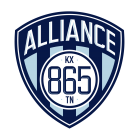 865 Alliance
865 Alliance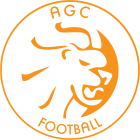 AGC Football
AGC Football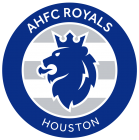 AHFC Royals
AHFC Royals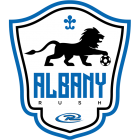 Albany Rush
Albany Rush ALBION San Diego
ALBION San Diego Alexandria Reds
Alexandria Reds Ambassadors Cleveland
Ambassadors Cleveland Arizona Arsenal Soccer Club
Arizona Arsenal Soccer Club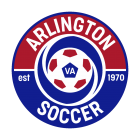 Arlington Soccer
Arlington Soccer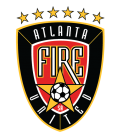 Atlanta Fire United
Atlanta Fire United Austin Rise FC
Austin Rise FC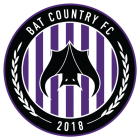 Bat Country FC
Bat Country FC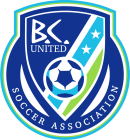 BC United
BC United Beach Futbol Club
Beach Futbol Club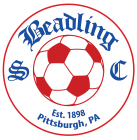 Beadling Soccer Club
Beadling Soccer Club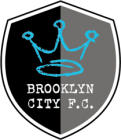 Brooklyn City F.C.
Brooklyn City F.C. Broomfield Burn
Broomfield Burn California Storm
California Storm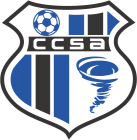 Cape Coral Cyclones
Cape Coral Cyclones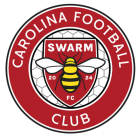 Carolina Football Club
Carolina Football Club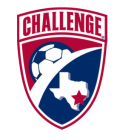 Challenge Red Devils
Challenge Red Devils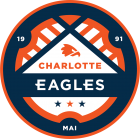 Charlotte Eagles
Charlotte Eagles Chattanooga FC
Chattanooga FC Chicago House AC
Chicago House AC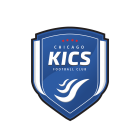 Chicago KICS Football Club
Chicago KICS Football Club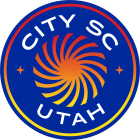 City SC Utah
City SC Utah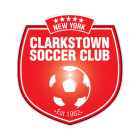 Clarkstown Soccer Club
Clarkstown Soccer Club Classics Elite SA
Classics Elite SA Cleveland Ambassadors
Cleveland Ambassadors Colorado Blizzard FC
Colorado Blizzard FC Colorado Pride
Colorado Pride Columbus Eagles FC
Columbus Eagles FC Corinthians FC of San Antonio
Corinthians FC of San Antonio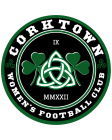 Corktown WFC
Corktown WFC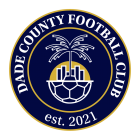 Dade County Football Club
Dade County Football Club Dakota Fusion FC
Dakota Fusion FC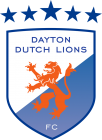 Dayton Dutch Lions FC
Dayton Dutch Lions FC DECATUR FC
DECATUR FC Delaware Ospreys
Delaware Ospreys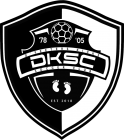 DKSC BADTOP
DKSC BADTOP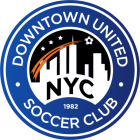 Downtown United Soccer Club
Downtown United Soccer Club El Paso Surf
El Paso Surf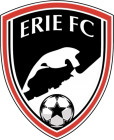 Erie FC
Erie FC FC Birmingham
FC Birmingham 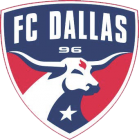 FC Dallas
FC Dallas FC Davis
FC Davis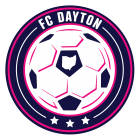 FC Dayton
FC Dayton FC Milwaukee Torrent
FC Milwaukee Torrent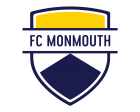 FC Monmouth
FC Monmouth FC Nashville Wolves
FC Nashville Wolves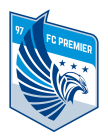 FC Premier Women
FC Premier Women FC Pride
FC Pride FC PrimeTime
FC PrimeTime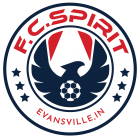 FC Spirit
FC Spirit FC Surge
FC Surge FC Tucson
FC Tucson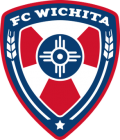 FC Wichita
FC Wichita Fever SC
Fever SC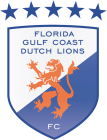 Florida Gulf Coast Dutch Lions FC
Florida Gulf Coast Dutch Lions FC Florida Krush
Florida Krush Force FC New York
Force FC New York Fresno Freeze
Fresno Freeze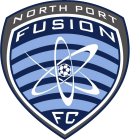 Fusion FC
Fusion FC Futbolera Select
Futbolera Select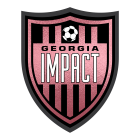 Georgia Impact
Georgia Impact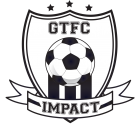 Greater Toledo Futbol Club
Greater Toledo Futbol Club Green Bay Glory
Green Bay Glory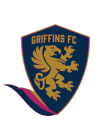 Griffins FC
Griffins FC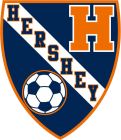 Hershey FC
Hershey FC HEX FC Tempest
HEX FC Tempest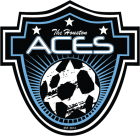 Houston Aces
Houston Aces Indios Denver FC
Indios Denver FC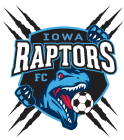 Iowa Raptors FC
Iowa Raptors FC Iron Rose FC
Iron Rose FC Jackson Ignite
Jackson Ignite Jacksonville Armada FC
Jacksonville Armada FC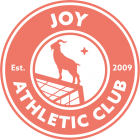 Joy AC
Joy AC Junction FC
Junction FC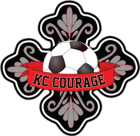 KC Courage
KC Courage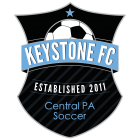 Keystone FC
Keystone FC  La Roca FC
La Roca FC LA Surf Soccer Club
LA Surf Soccer Club Lamorinda United
Lamorinda United Lonestar SC
Lonestar SC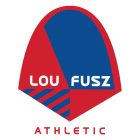 Lou Fusz Athletic
Lou Fusz Athletic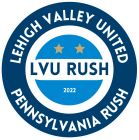 LVU Rush
LVU Rush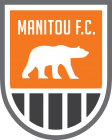 Manitou F.C.
Manitou F.C.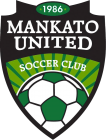 Mankato United Soccer Club
Mankato United Soccer Club MapleBrook Fury
MapleBrook Fury McLean Soccer
McLean Soccer Merrimack Valley Hawks FC
Merrimack Valley Hawks FC Midwest Select SA Muskrats
Midwest Select SA Muskrats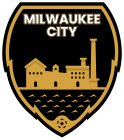 Milwaukee City AFC
Milwaukee City AFC Minnesota Thunder
Minnesota Thunder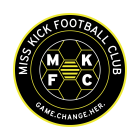 MISS KICK FC
MISS KICK FC Missouri Reign
Missouri Reign Napa Valley 1839 FC
Napa Valley 1839 FC Nashville Rhythm F.C.
Nashville Rhythm F.C. Neuse River Futbol Alliance
Neuse River Futbol Alliance Nevada Futbol Club
Nevada Futbol Club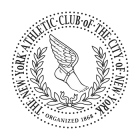 New York Athletic Club
New York Athletic Club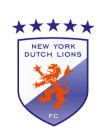 New York Dutch Lions FC
New York Dutch Lions FC New York Shockers
New York Shockers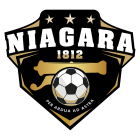 Niagara 1812
Niagara 1812 NJ Wizards SC
NJ Wizards SC  Northern Colorado Rain
Northern Colorado Rain Northern Utah United
Northern Utah United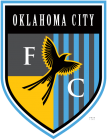 Oklahoma City FC
Oklahoma City FC PA Classics
PA Classics Penn Fusion SA
Penn Fusion SA Peoria City
Peoria City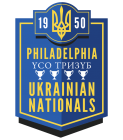 Philadelphia Ukrainian Nationals - Liberty
Philadelphia Ukrainian Nationals - Liberty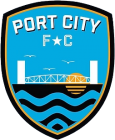 Port City FC
Port City FC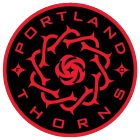 Portland Thorns FC II
Portland Thorns FC II PSD Academy
PSD Academy Quad Cities Rush
Quad Cities Rush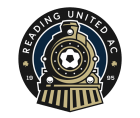 Reading United A.C.
Reading United A.C.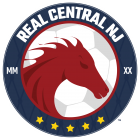 Real Central NJ
Real Central NJ Rebels Soccer Club
Rebels Soccer Club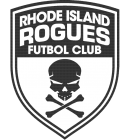 Rhode Island Rogues
Rhode Island Rogues RNY FC
RNY FC Rochester United FC
Rochester United FC Royals AZ
Royals AZ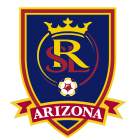 RSL Southern Arizona
RSL Southern Arizona  Saint Louis Scott Gallagher SC
Saint Louis Scott Gallagher SC Salvo SC
Salvo SC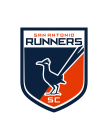 San Antonio Runners
San Antonio Runners San Diego Dons
San Diego Dons San Diego Parceiro Ladies
San Diego Parceiro Ladies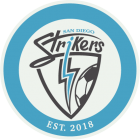 San Diego Strikers
San Diego Strikers San Diego Surf
San Diego Surf San Francisco Elite Soccer Club
San Francisco Elite Soccer Club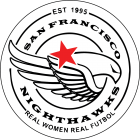 San Francisco Nighthawks
San Francisco Nighthawks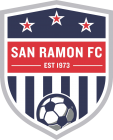 San Ramon FC
San Ramon FC SC del Sol
SC del Sol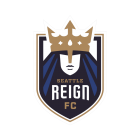 Seattle Reign FC II
Seattle Reign FC II Seminole Ice
Seminole Ice Side FC 92
Side FC 92 Sioux Falls City FC
Sioux Falls City FC SJEB FC
SJEB FC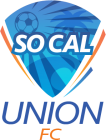 So Cal Union FC
So Cal Union FC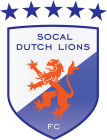 SoCal Dutch Lions FC
SoCal Dutch Lions FC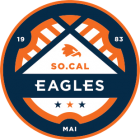 Southern California Eagles
Southern California Eagles SouthStar FC
SouthStar FC Spokane SC Shadow
Spokane SC Shadow Sporting CT
Sporting CT St. Croix Legacy
St. Croix Legacy STA
STA  Sunflower State FC
Sunflower State FC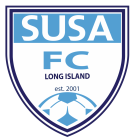 SUSA FC
SUSA FC The Town FC
The Town FC TN Tempo FC
TN Tempo FC UFA Gunners
UFA Gunners UK F.C.
UK F.C.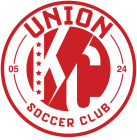 Union KC
Union KC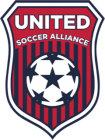 United Soccer Alliance
United Soccer Alliance Utah Avalanche
Utah Avalanche Utah Surf
Utah Surf 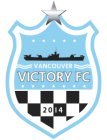 Vancouver Victory
Vancouver Victory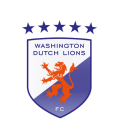 Washington Dutch Lions FC
Washington Dutch Lions FC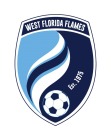 West Florida Flames
West Florida Flames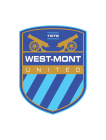 West-Mont United
West-Mont United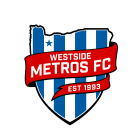 Westside Metros FC
Westside Metros FC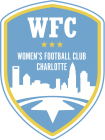 Women's Football Club of Charlotte
Women's Football Club of Charlotte Women's Premier Soccer League 2
Women's Premier Soccer League 2 WPSL Peoria (AZ)
WPSL Peoria (AZ)